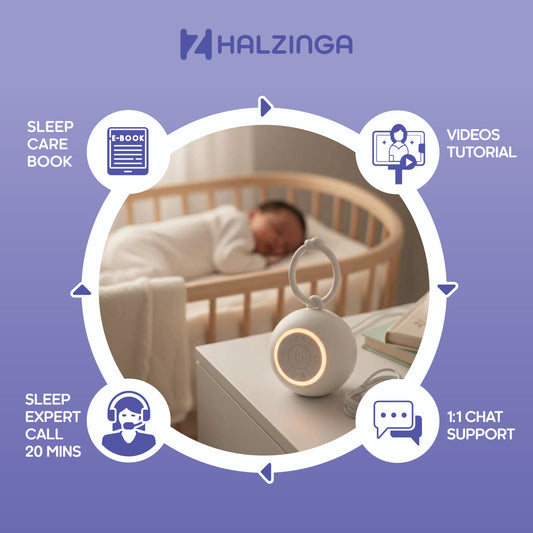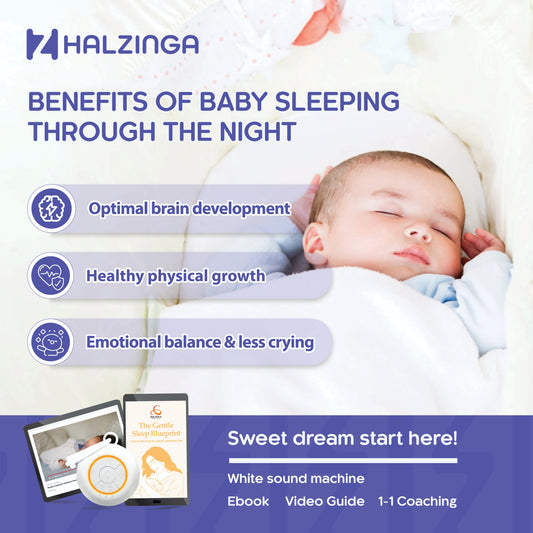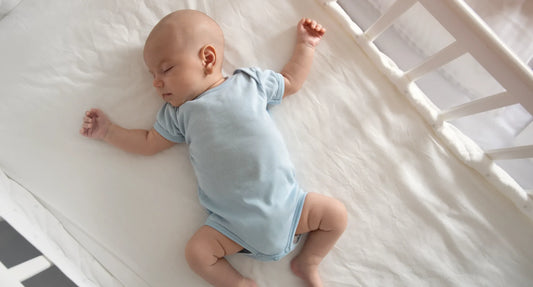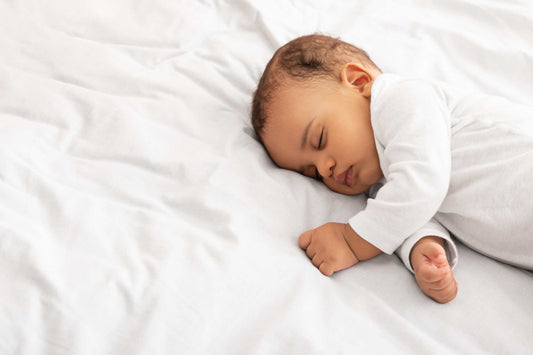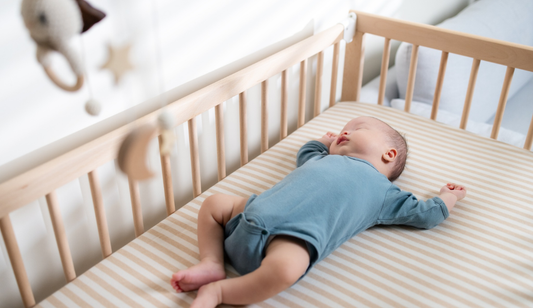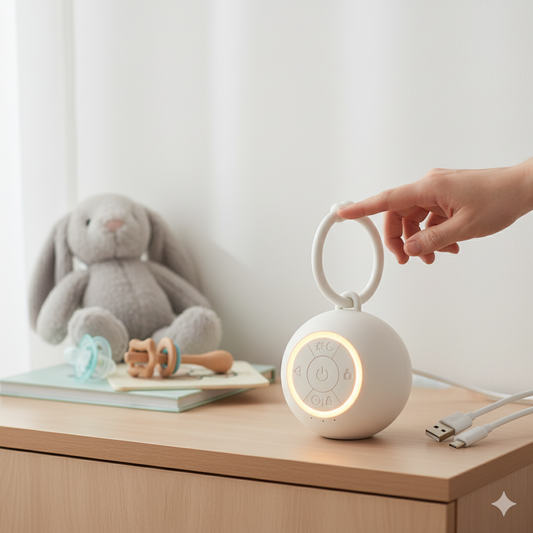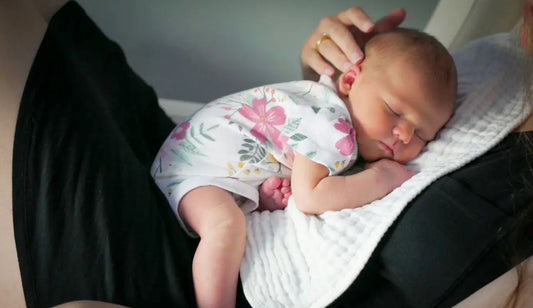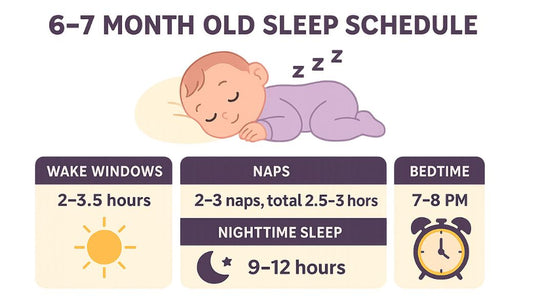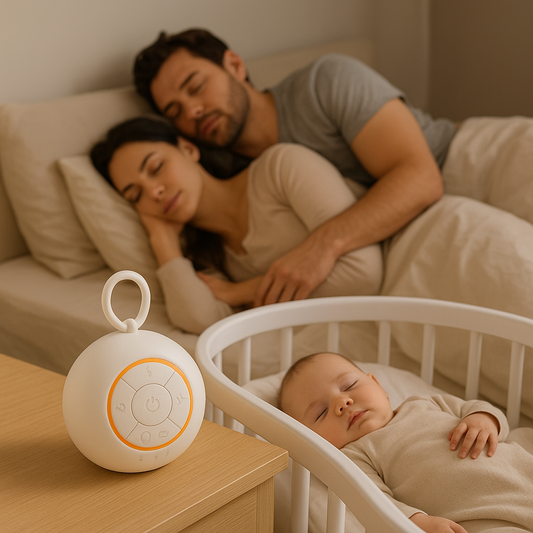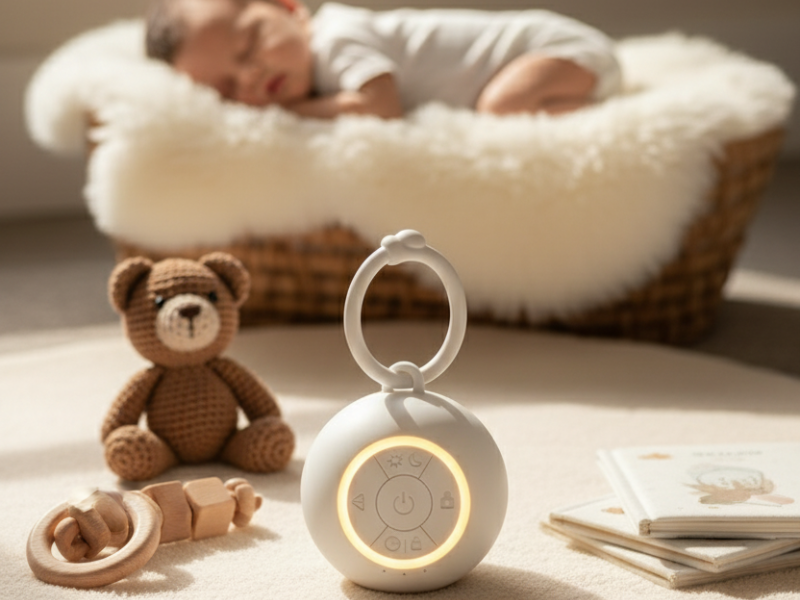
How to Create a Calming Bedtime Environment for Your Baby
For many parents, bedtime with a baby can feel like the most unpredictable part of the day. Some nights are smooth, while others are full of tears, rocking, and restless hours. While every baby is different, one thing is certain: the environment you create before and during sleep plays a powerful role in how easily your little one drifts off and how well they stay asleep. From lighting to sound, from temperature to routines, the way you set the stage for bedtime can turn sleepless nights into peaceful ones. In this guide, we’ll dive into the elements that make up a calming bedtime environment for babies under two years old and explore practical strategies you can start tonight.
The Role of Environment in Baby Sleep
Babies, especially in their first two years, are highly sensitive to the world around them. Their nervous systems are still developing, and they often find it difficult to filter out noise, light, and stimulation. Unlike adults, babies can’t self-soothe easily when their environment is overwhelming. This is why a carefully crafted sleep setting can make such a difference. It acts as a signal that it’s time to rest and helps their body release melatonin, the hormone that regulates sleep.
A calm environment reduces stress for parents as well. When you know that the conditions in your baby’s room are consistent, bedtime becomes less about “trying everything” and more about gently guiding your child into a familiar and predictable rhythm.
Lighting: Setting the Mood for Sleep
Light is one of the strongest signals to the brain about whether it’s time to be alert or prepare for rest. Bright or artificial lighting late in the evening can trick a baby’s brain into staying awake. That’s why dimming the lights before bedtime is such a powerful tool.
Creating a soothing bedtime environment begins about 30 to 45 minutes before sleep. Lowering the brightness in your baby’s room or using soft, warm-toned lamps instead of overhead lights helps their body understand that the day is winding down. For middle-of-the-night feedings or diaper changes, consider using a dim nightlight rather than turning on brighter lamps. This keeps your baby calm and prevents full wakefulness.
Consistency matters here too. If you repeat this lighting pattern nightly, your baby will start associating dim lights with bedtime, making it easier for them to transition into sleep.
Temperature and Comfort: Keeping the Room Just Right
A comfortable room temperature is essential for safe and restful sleep. Experts generally recommend keeping a baby’s sleep environment between 68–72°F (20–22°C). Babies who are too hot or too cold often wake more frequently, and overheating can increase the risk of SIDS (Sudden Infant Death Syndrome).
Instead of piling on blankets, which can be unsafe for infants, use a sleep sack or wearable blanket to keep your baby warm without the risk of loose fabric. Always choose breathable fabrics, especially if you live in a warmer climate.
The crib or bassinet should also feel comfortable yet firm. A fitted crib sheet over a safety-approved mattress is all your baby needs. Soft pillows, stuffed animals, and blankets should be avoided in the sleep space until your baby is older to reduce safety risks.
White Noise: A Secret Weapon for Baby Sleep
Many babies struggle with sudden household noises, like doors closing, siblings playing, or a dog barking, that can easily disrupt their rest. This is where white noise can make a world of difference.
White noise machines or apps mimic the steady, soothing sounds that remind babies of the womb. The gentle hum can mask background disruptions and create a consistent auditory signal that it’s time for sleep. Unlike total silence, which can be startling, a steady background sound gives babies comfort and reduces the likelihood of them waking up at every small noise.
When introducing white noise, keep the volume moderate, similar to the sound of a shower running in the next room. Place the machine away from the crib to avoid direct exposure, and use it consistently at naps and bedtime to reinforce sleep cues. Over time, your baby will come to associate the sound with comfort and rest.
Establishing a Predictable Routine
While the environment sets the stage, your bedtime routine acts as the final cue. Babies thrive on predictability, and repeating the same steps each night signals to them that sleep is approaching.
A calming bedtime routine might include a warm bath, a gentle massage with baby-safe lotion, soft lullabies, and quiet cuddle time before being placed in the crib. The key is consistency: if you do the same sequence every night, your baby’s body and mind begin to prepare for sleep even before they are laid down.
Avoid stimulating activities like active play, bright screens, or loud noise in the hour leading up to bedtime. Instead, focus on soothing and quiet interactions that naturally encourage relaxation.
The Role of Parents’ Presence
A baby’s environment isn’t just about objects or settings, it’s also about the emotional atmosphere. Babies pick up on parental stress or anxiety, so your demeanor plays an important role. Speaking in gentle tones, using slow and calm movements, and staying patient during bedtime transitions helps reassure your baby that bedtime is safe and comforting.
Over time, you may also notice your baby becoming less reliant on rocking or holding if they consistently experience a soothing environment in their crib. This transition toward more independent sleep happens gradually and is made easier when the sleep space itself feels secure.
Daytime Habits That Support Bedtime Calm
Creating a calming bedtime environment doesn’t start only at night. What your baby experiences during the day influences how they sleep. Daylight exposure during waking hours helps regulate their circadian rhythm, teaching their body the difference between day and night. Regular naps at predictable times also prevent overtiredness, which can make falling asleep at night much harder.
Feeding schedules matter too. Babies who are overly hungry or too full may struggle to settle. A balanced feeding routine throughout the day supports better nighttime rest.
Common Mistakes to Avoid
Parents often unintentionally disrupt a calming environment with habits that seem harmless but interfere with sleep. For example, relying heavily on rocking, bouncing, or feeding to sleep can create a dependency, making it harder for babies to soothe themselves in the middle of the night. Another common mistake is frequently changing sleep spaces, napping in the car one day, in the stroller the next, and in the crib another. While occasional variety is fine, a consistent environment builds stronger sleep associations.
It’s also tempting to introduce new toys or decorations to the crib, but too many items can overstimulate or pose safety hazards. Keeping the crib simple and uncluttered is often best.
Final Thoughts
Creating a calming bedtime environment for your baby is less about perfection and more about consistency. Gentle lighting, comfortable room conditions, safe sleep practices, white noise, and a predictable bedtime routine all work together to send the message that it’s time to rest. While it may take some trial and error to discover exactly what works for your baby, the effort pays off in the form of longer, more restful nights, for both baby and parents.
Every baby is different, but the principles remain the same: a calm environment helps babies feel secure, fall asleep faster, and stay asleep longer. By shaping your child’s surroundings thoughtfully, you set the foundation for healthier sleep habits that will benefit them well beyond the first two years of life.
